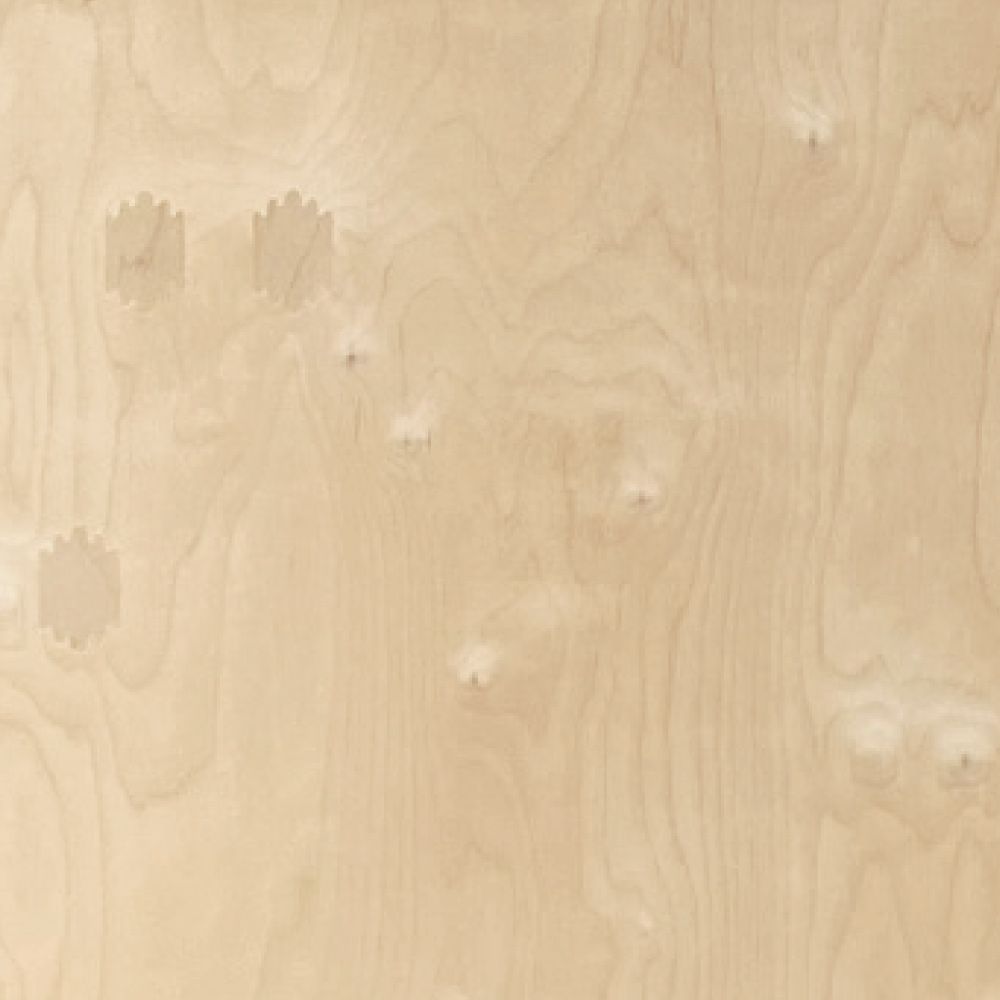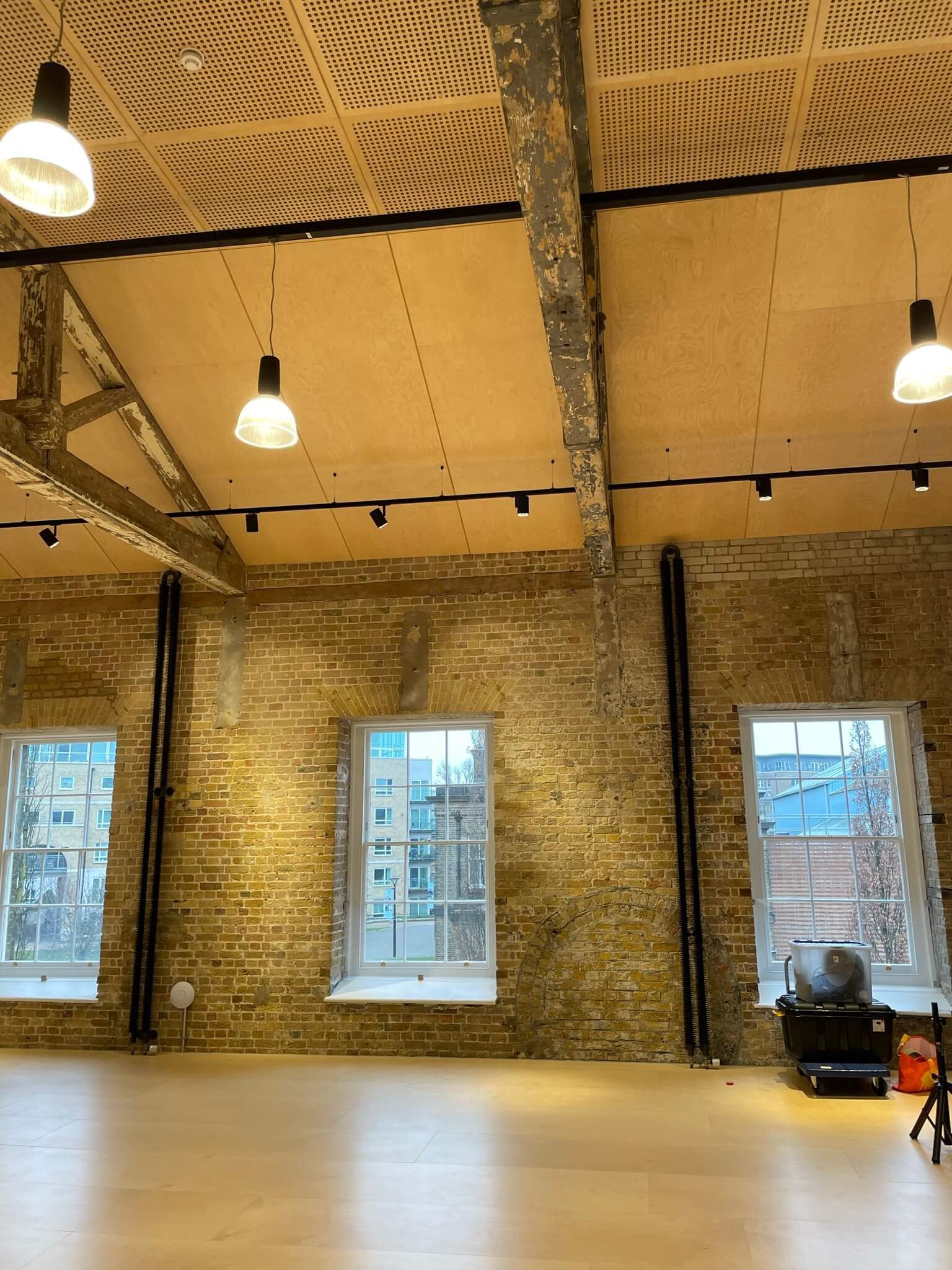B/BB and BB/BB Birch Plywood
We supply decorative panels for wall lining, acoustic panels, ceilings, joinery and furniture.
This blog entry is for architects and designers who are considering specifying B/BB or BB/BB birch plywood in decorative applications (particularly wall-lining applications in civil build projects.)
We'll outline general specifications and the differences between the two grades.
Allowable defects in B grade Birch Plywood
Whilst B/BB grade birch plywood gives a high level of finish, the plywood adheres to the allowances and tolerances within the European EN635-3 classification of allowable characteristics of plywood. This permits a degree of natural variation and repairs (patches / plugs).
| Description of characteristics and defect | Allowances |
|---|---|
| Repairs, patches and synthetic fillers | Permitted if properly made and tightly fitted.Up to 3 instances per m2 |
| Discolouration which is not wood destroying | Permitted if very slight and low in contrast |
| Pin knots (Sound intergrown knots of no more than 3mm diameter) | 3 per m2 |
| Sound intergrown knots | Unlimited below 30mm / m2 (Diamater of 15mm) |
| Unsound or non-adhering knots and knot holes | 2 per m2 at 6mm if filled |
B/BB vs BB/BB
Compared to B grade, BB grade is a less expensive option. However, an ill-considered specification of BB grade may not yield the anticipated lower costs. It may lead to unforeseen and costly additional material being required and extra work on-site. The overall visual appearance of BB grade panels (on paper) can be misunderstood by architects, buyers and specifiers. A greater scrutiny is required of the tolerances and allowable defects within the BB grade prior to specification.
Why?
- Machined acoustic panels require a higher volume of waste (15%) for production. BB grade panels are more likely to fail quality control as the defects, plugs and repair filler can break out during perforation drilling and sanding.
- Additional on-site installation time spent selecting and sorting visually better panels to use in more visible areas.
- If the client has not been fully briefed on allowable defects, sign-off may be delayed pending resolution or replacement panels.




